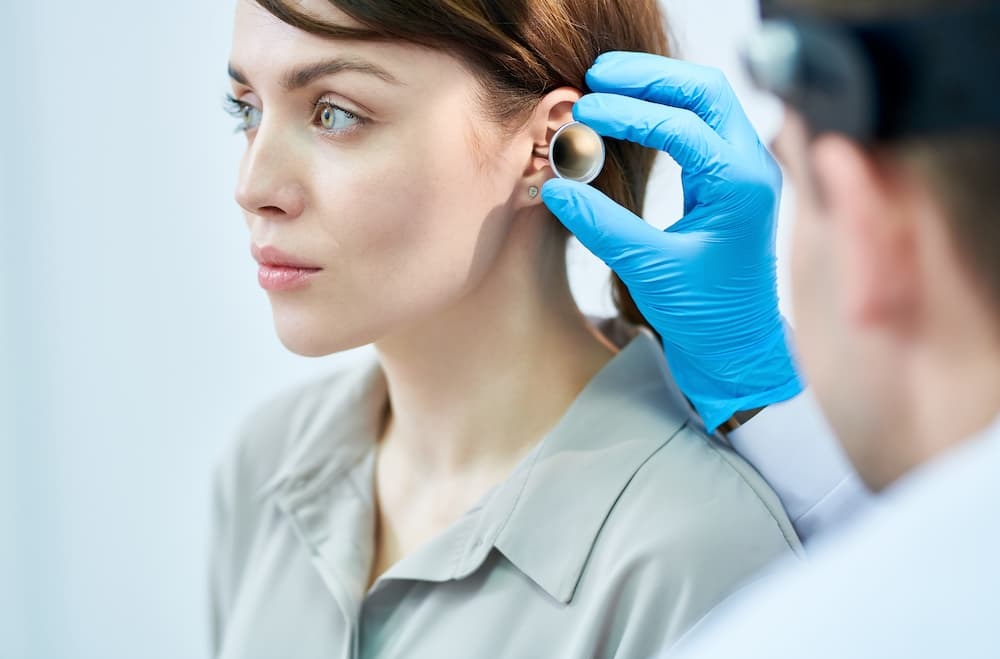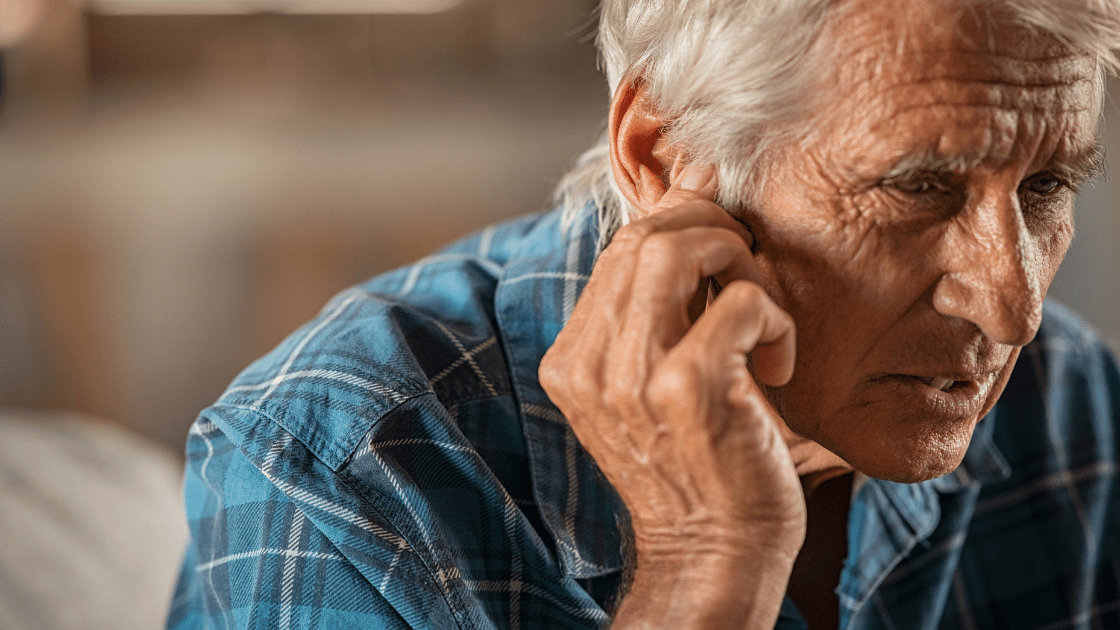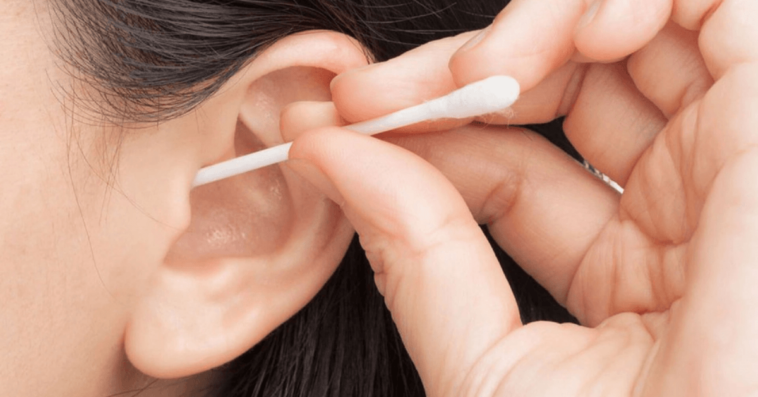Hearing hygiene is a vital but often overlooked aspect of overall health and wellness. It pertains not only to the ability to hear but also to the proper care and maintenance of the ear’s overall health.
Proper ear care is not just about cleaning the ears. It also includes protecting the ears from harmful noise levels, avoiding unnecessary interference with the ear’s natural cleaning process, and recognizing the signs of common ear problems early. The ears are sensitive organs, and improper care can lead to complications ranging from minor irritations to more serious health concerns like infections or hearing loss.
Cleaning the ears is an integral part of hearing hygiene, but it must be done with caution and awareness. The ear has its cleaning mechanism, and unnecessary or incorrect cleaning can disrupt this process. Understanding proper cleaning techniques, such as using appropriate over-the-counter products or seeking professional care when needed, can help maintain ear health without causing harm.
Understanding Your Ears
The human ear is a complex structure divided into three main parts:
External Ear: This consists of the pinna, the visible part of the ear, and the ear canal. It channels sound waves to the eardrum.
Middle Ear: Located behind the eardrum, the middle ear contains three small bones that amplify sound waves and transmit them to the inner ear.
Inner Ear: This is where the sound waves are converted into electrical signals sent to the brain. It also plays a crucial role in maintaining balance.
Ear hygiene is essential not only for hearing but also for the overall well-being of the ear. Proper ear care helps to prevent wax build-up, infections, and other complications. It also contributes to maintaining the ear’s natural function and structure. On the other hand, neglect or improper care can lead to problems that affect not only hearing but general health. Thus, a basic understanding of ear anatomy and awareness of proper hygiene practices is vital for everyone, regardless of age or lifestyle.
If you’re concerned about your hearing health or have specific questions about ear care, don’t hesitate to reach out to a healthcare provider like www.hearclearni.co.uk. Proper care begins with professional guidance.
Proper Ear Cleaning Techniques

Proper ear cleaning is essential for maintaining ear health and preventing issues related to wax build-up and infections. Here are some safe methods:
Over-the-Counter Ear Cleaning Products
Various over-the-counter (OTC) products are designed for safe ear cleaning, such as earwax softening drops and irrigation kits. These products are formulated to dissolve or loosen earwax, facilitating its natural removal. It is important to follow the instructions on the packaging and consult with a healthcare provider if unsure of the proper usage.
When to Seek Professional Care
Not all ear cleaning should be done at home. In some cases, professional medical care may be required, such as when there’s excessive earwax build-up, pain, or signs of infection.
Medical professionals have specialized tools and knowledge to clean the ears safely and effectively, ensuring proper ear wax removal with Harmony Hearing for those experiencing earwax buildup.
Self-attempts to remove hardened or impacted earwax may lead to injury or worsen existing problems.
Mistakes to Avoid in Ear Cleaning
While keeping the ears clean is essential, some common practices can be harmful:
Misconceptions and Risky Practices
Many people believe that ear cleaning requires active intervention, like inserting objects into the ear canal. However, the ear is self-cleaning, and interference can often do more harm than good. Risky practices such as ear candling have no scientific basis and can lead to serious injuries, including burns and perforated eardrums.
Dangers of Cotton Swabs
One of the most widespread and harmful practices is the use of cotton swabs to clean inside the ear canal. While they may seem like a handy tool, cotton swabs can push earwax deeper into the ear, leading to impaction. They can also scratch the delicate lining of the ear canal or even puncture the eardrum. Instead of using cotton swabs, it’s better to clean only the outer ear with a soft cloth or consult with a healthcare provider for proper care.
Common Ear Problems

Earwax, or cerumen, is a natural substance produced by the ears to protect, lubricate, and keep them clean. However, excessive buildup can lead to problems. Here’s how to understand and prevent it:
Understanding Causes
Earwax buildup can occur for various reasons, including narrow or hairy ear canals, use of hearing aids or earplugs, and frequent use of earphones. Age can also be a factor, as earwax tends to become drier and harder to clear naturally as we age.
Simple Prevention Methods
Prevention of earwax buildup can often be accomplished through simple practices:
- Avoid inserting objects like cotton swabs into the ear canal.
- Clean the outer ear gently with a damp cloth.
- Use over-the-counter earwax softening drops if needed.
- Have regular check-ups with a healthcare provider if you’re prone to earwax issues. Looking for an NYC audiologist who can help you with a wide range of hearing concerns? Contact the Audio Help Hearing Centers today!
Avoiding Infections
Ear infections can be painful and sometimes lead to more serious complications. Recognizing the symptoms and knowing basic treatment options can be crucial.
Recognizing Symptoms
Common symptoms of an ear infection include:
- Pain or discomfort in the ear
- Hearing loss or muffled hearing
- Drainage of fluid from the ear
- Fever or general malaise
These symptoms might signal an underlying issue, so prompt attention is necessary.
Basic Treatment Options
If you suspect an ear infection, the best course of action is to consult with a healthcare provider, who may prescribe antibiotics or other treatments. Some general measures to ease discomfort at home might include:
- Using over-the-counter pain relievers
- Applying a warm compress to the affected ear.
- Avoiding moisture in the ear, like swimming or prolonged showering, until the infection has cleared.
It is essential not to attempt to self-treat an ear infection without professional guidance, as incorrect treatment can exacerbate the problem.

Final Thoughts
This guide has explored the importance of hearing hygiene, covering the correct ways to clean your ears, common ear problems, and special considerations for different age groups and activities. Key practices include:
- Understanding the natural self-cleaning mechanism of the ear.
- Using safe over-the-counter products when needed.
- Recognizing when professional care is necessary.
- Being aware of age-specific needs and risks related to certain activities.
Educating oneself about ear care and maintaining an awareness of potential issues is vital to overall ear health. Understanding proper hygiene practices can prevent complications and lead to better hearing and well-being.




